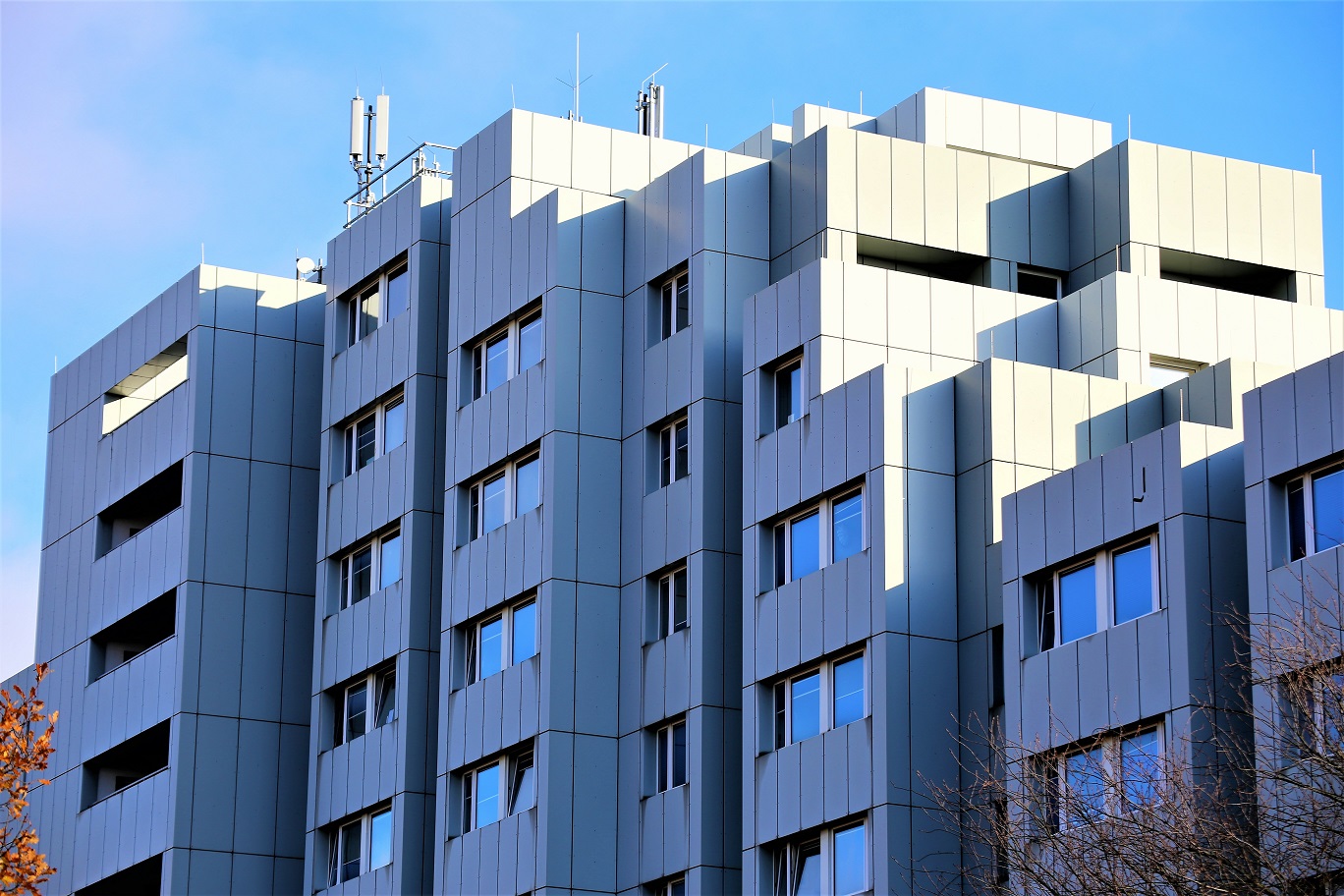EWS1: External Fire Wall
18th Feb 2021

Recently we have had several customers contacting us and asking for advice relating to the EWS1 form, so we thought we would explain all things EWS1 forms here.
What is an EWS1 form?
An EWS1 form is a way for a residential building owner to confirm that the external wall system on their building has been assessed for safety by a suitable expert. The process involves the building expert conducting a fire-risk assessment on the external wall system (the EWS) before signing the EWS1 form. The EWS1 form is valid for the entire building for 5 years.
The process applies to residential buildings in scope above 18m in height. Not all high-rise blocks need an EWS1 form “only those with some form of combustible cladding or combustible material on balconies.” Some lower buildings may be in scope if there are specific concerns about combustible materials/balconies which represent “a clear and obvious danger to life safety”.
Flat-owners report lenders asking for EWS1 forms on blocks under 18 metres. This issue arose after publication of consolidated Government guidance in January 2020: says “The need to assess and manage the risk of external fire spread applies to buildings of any height.”
On 21 November it was announced such that an EWS1 form will no longer be needed for sales or re-mortgages on flats in blocks with no cladding. The Government said that this would clear the way “for up to nearly 450,000 flat owners to sell, move or re–mortgage their homes.”
Why does my building need an EWS1 form?
The introduction of the EWS1 form is a result of the tragic Grenfell Tower fire, which took place in 2017 and where 72 people died.
The fire originally broke out in the kitchen of a fourth floor flat in the 23-story tower but within minutes had spread up the exterior of the building. The tower’s external cladding system has been blamed for the rapid spread of the fire that engulfed the whole building.
The EWS1 form was designed following Government advice regarding external wall systems on buildings above 18m in height to ensure they are assessed for safety, which in turn, allows lenders to offer mortgages to those buying flats within the building.
In recent months it has been requested by buyers who are purchasing flats within a building that is 18m or more in height. It is worth noting that an EWS1 form relates to the whole building and not individual flats. If you are selling your flat and the buyer requests an EWS1 form, you need to refer the query to the building’s freeholder.
What happens after the EWS1 is completed?
There are five possible results from an EWS assessment. Category A applies where buildings have external wall materials that are unlikely to be combustible. RICS states that A1 and A2 findings “are not likely to lead to any further action.” An A3 finding means that remedial work may be needed on attachments to the external wall, such as balconies. Category B applies where combustible materials are clearly present. A B1 rating means the engineer has decided that the fire risk is low, and no remedial work is required. A B2 finding means that there isn’t an adequate standard of fire safety and remedial work/interim measures are required.
We hope this cleared any questions you had relating to EWS1 forms. If you have any further questions, please feel free to contact info@blocsphere.co.uk.